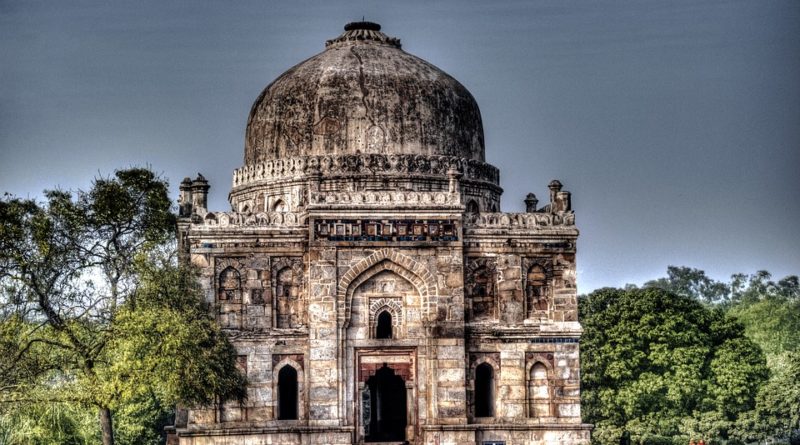Reasons to fall in love with old India
India and the past seem to be locked in a symbiotic embrace; an eternal clinch. One won’t let go of the other and the most powerful symbols of this union are the awesome Taj Mahal, Golconda forts, Chola Temples, etc. Here let us take a look at some of the most prominent historical destinations.
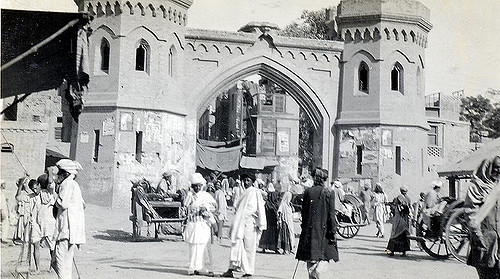
Delhi : In the capital one can visit the Jama Masjid the country’s largest mosque, and the Red Fort built by Mughal Emperor Shah Jehan that dominate the skyline of Delhi with their sheer girth. Both unravel on the horizon – the Jami Masjid with a solemn spiritual delicacy and the Red Fort with a show of brutal might. Yes, this is the wondrous capital that Shah Jahan built in 1638 and which was once called Shahjahanabad. At the New Delhi catch the glimpse of the famous Jantar Mantar and Huyamyun tomb.

Rajasthan: In Rajasthan one can enjoy to stay at one of the various fortress-cum-haveli style resort that belongs to descendant of royal families. The red sandstone forts along with the golden rays of the sun seems to have been trapped in the crevasses of the warm weather-beaten stone, and the theme of the clash of centuries continues like a vibrantly hued strand in the dun-coloured tapestry of this land. Evenings can be spent sitting in the courtyard under a star-spangled sky, as local musicians pluck melancholy notes that waft on the soft cool air. In a land wreathed in mists and legend, stories abound.
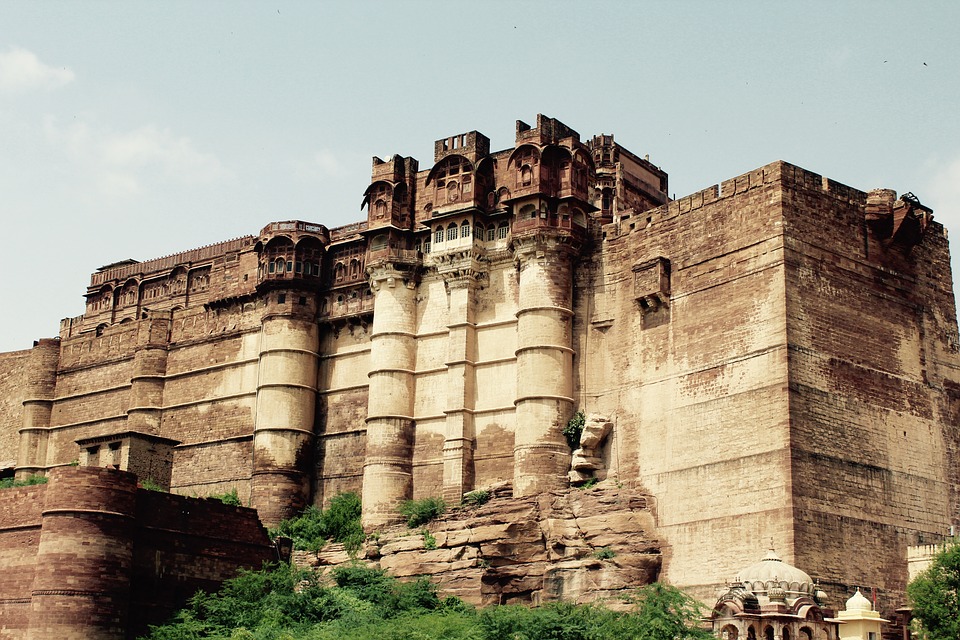
Agra: Agra is famous for the famous Taj Mahal which was over a period of 17 years, between 1632 and 1648, by 25,000 craftsmen from India, Central Asia, Iran and even as far away as Europe. Yes, the enchantment of the Taj is so compelling that it almost seems to make one forget that Agra has a number of other outstanding monuments. For many, the Taj Mahal and Agra are synonymous and this is really a pity because the city has so much more to offer. Like Itmad-ud-Daulah, a milky-white marble tomb built in 1628 by Empress Noor Jehan in memory of her father. Indeed, it which was the architectural prototype on which the Taj was fashioned. Though Itmad-ud-Daulah has not yet made the grade, two monuments in Agra other than the Taj are classified as UNESCO World Heritage Sites – the Agra Fort and Fatehpur Sikri. Both these sites owe their existence to Emperor Akbar who built the fort in 1565 and Fatehpur Sikri, his new capital, a few years later only to abandon it due to scarcity of water.
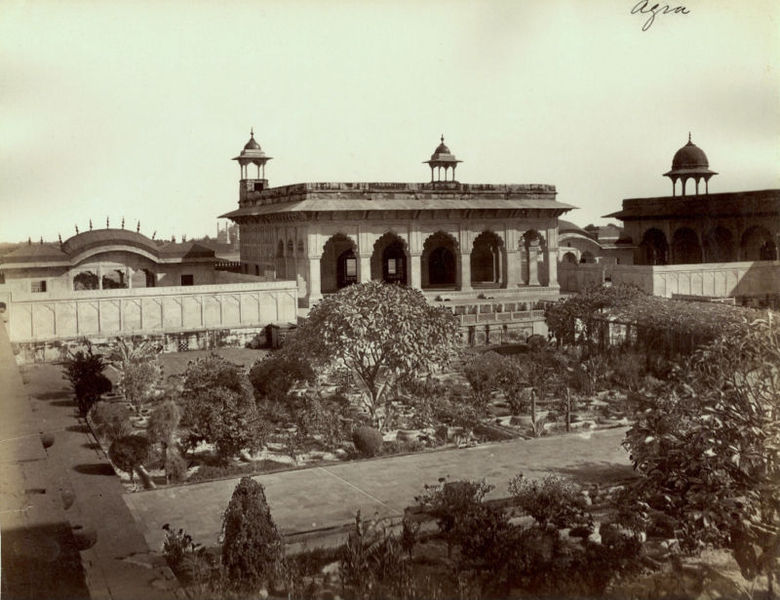
The other important legacies of Akbar are his tomb at Sikandra
Hyderabad: The Charminar itself is a monument of architectural splendour, built in the Qutb Shahi style characteristic of Hyderabad. It is adorned with delicate stucco ornamentation and its four minarets create a graceful, fluted structure. The Charminar was built in 1591 in the heart of the old city to mark the end of an epidemic of plague.
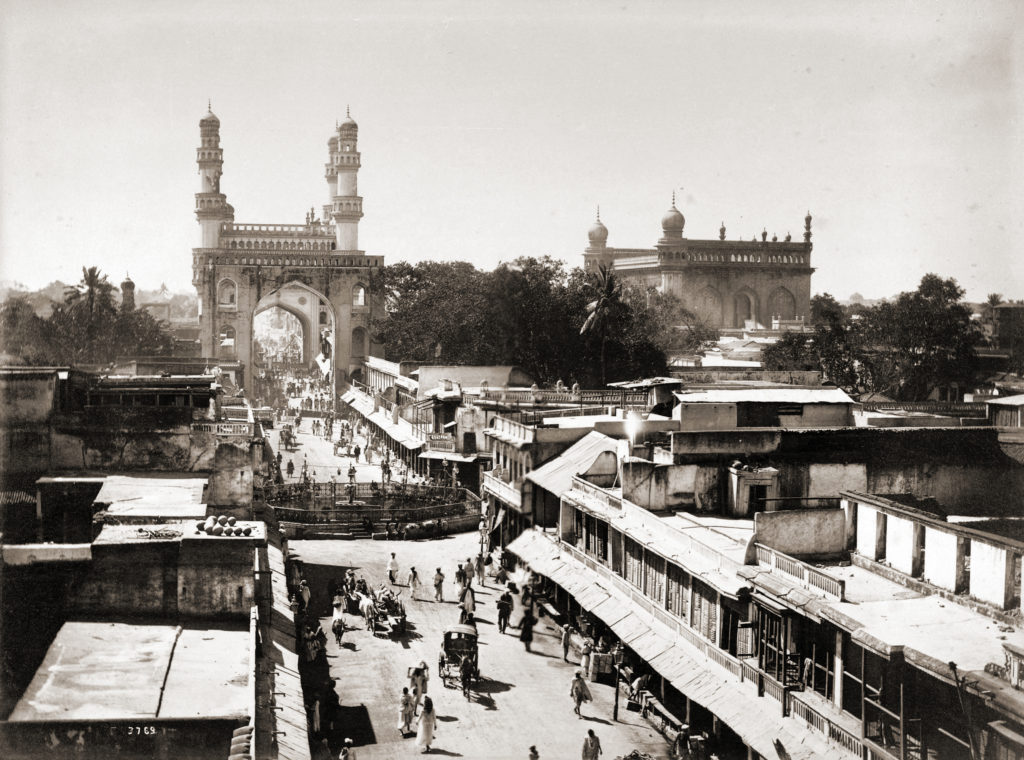
The Mecca Masjid, a magnificent edifice which took over a hundred years to build, is just a stone’s throw away from the Charminar.
The Nizams are now part of history but further down the road is the resplendent palace complex of Chowmahalla, which gives visitors a glimpse for their lavish lifestyle. This 12 acres complex comprising two courtyards, palaces, gardens and fountains was the seat of the Asaf Jahi dynasty and the palaces were restored and recently thrown open to the public. The palaces are an eyeful especially the grand Durbar Hall with its 19 chandeliers and the marble platform on which the royal throne was placed.
Old Goa: At first glance Old Goa, a UN World Heritage Site, resembles a European city dotted with majestic old churches. Indeed, it is often referred to as Rome of the East. Instinctively most visitors are drawn to the Basilica of Bom Jesus which houses the mortal remains of Catholic India and Old Goa’s most celebrated resident: St Francis Xavier. The body of the saint which refused to be corrupted even in death is on display in a glass-paneled silver casket resting on top of an imposing memorial sculpted by the Italian artist Giovanni Batista Foggini of Florence in the late 17th century.
India has many historical sites, which suit every taste and style, come visit the country and explore its gems.
